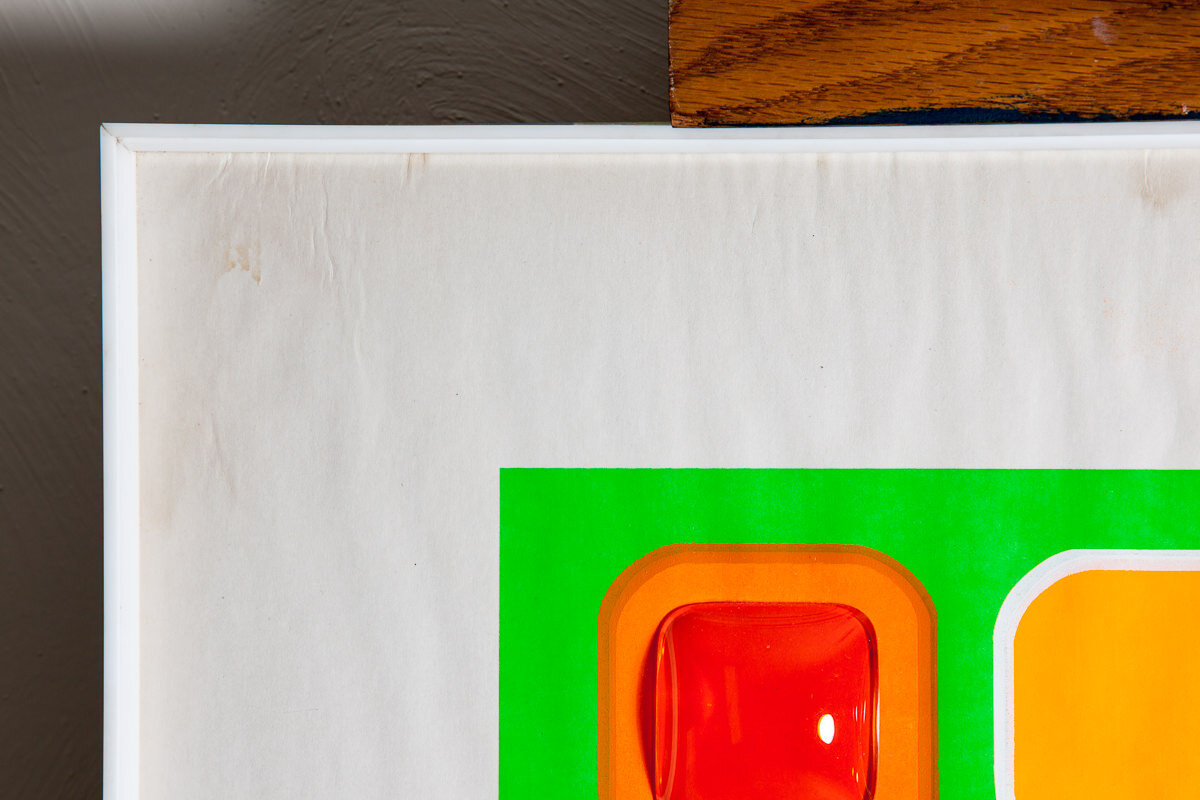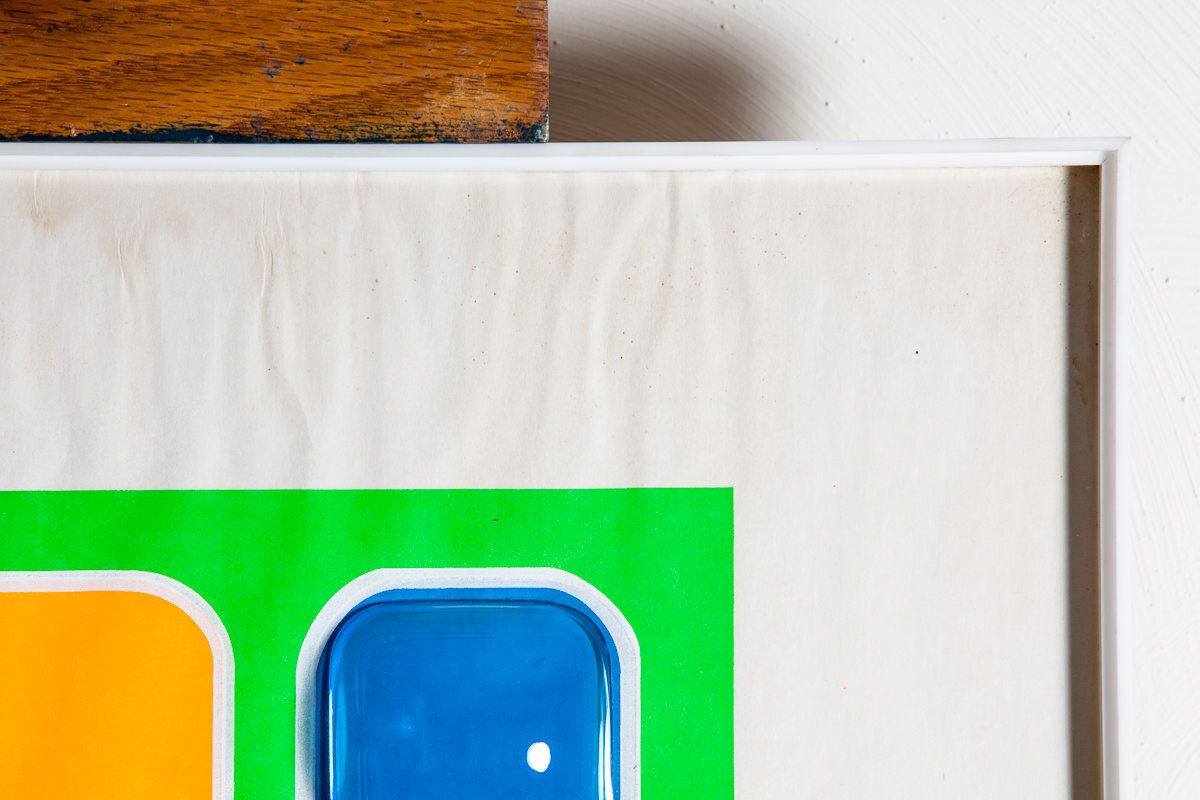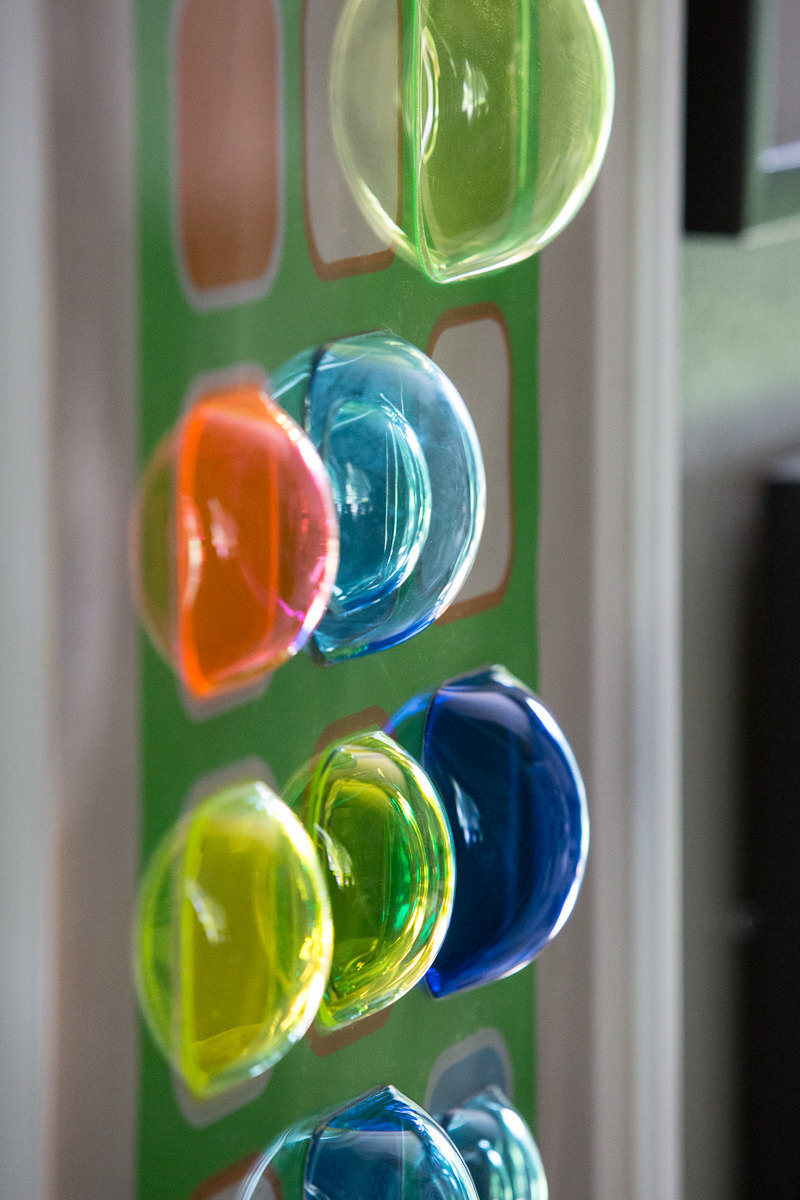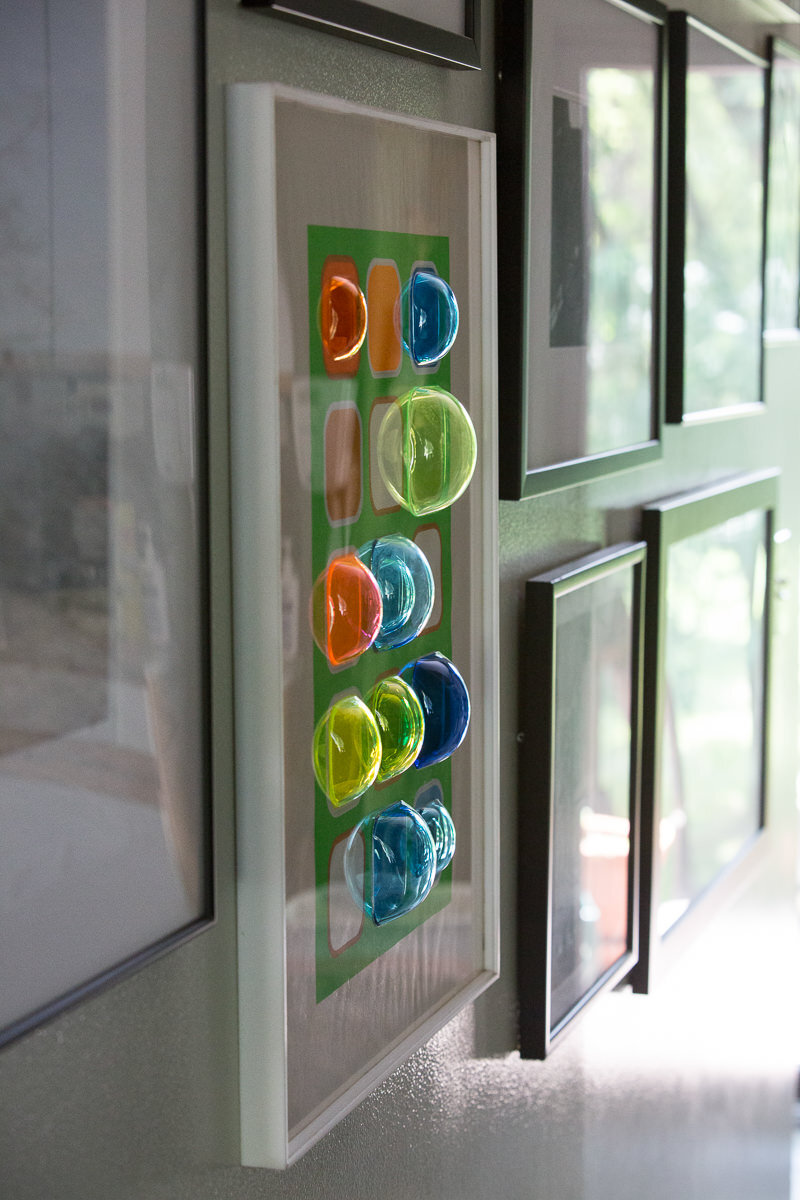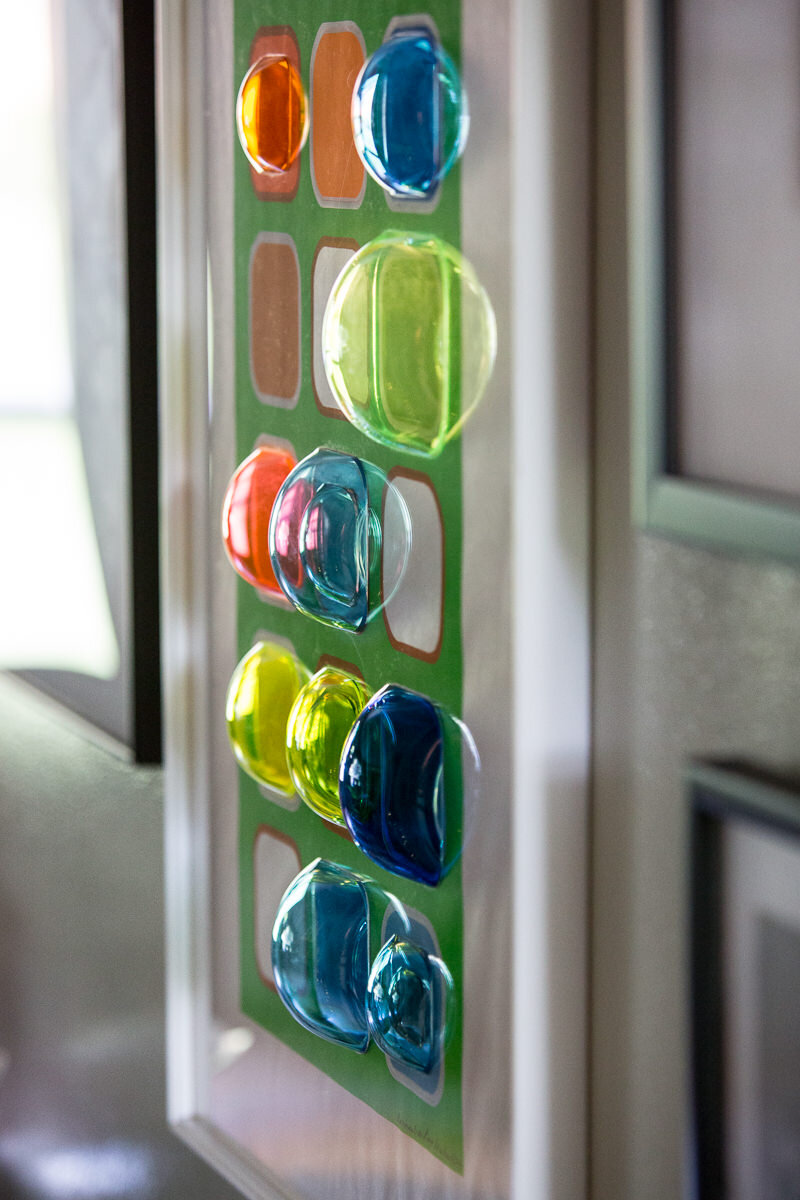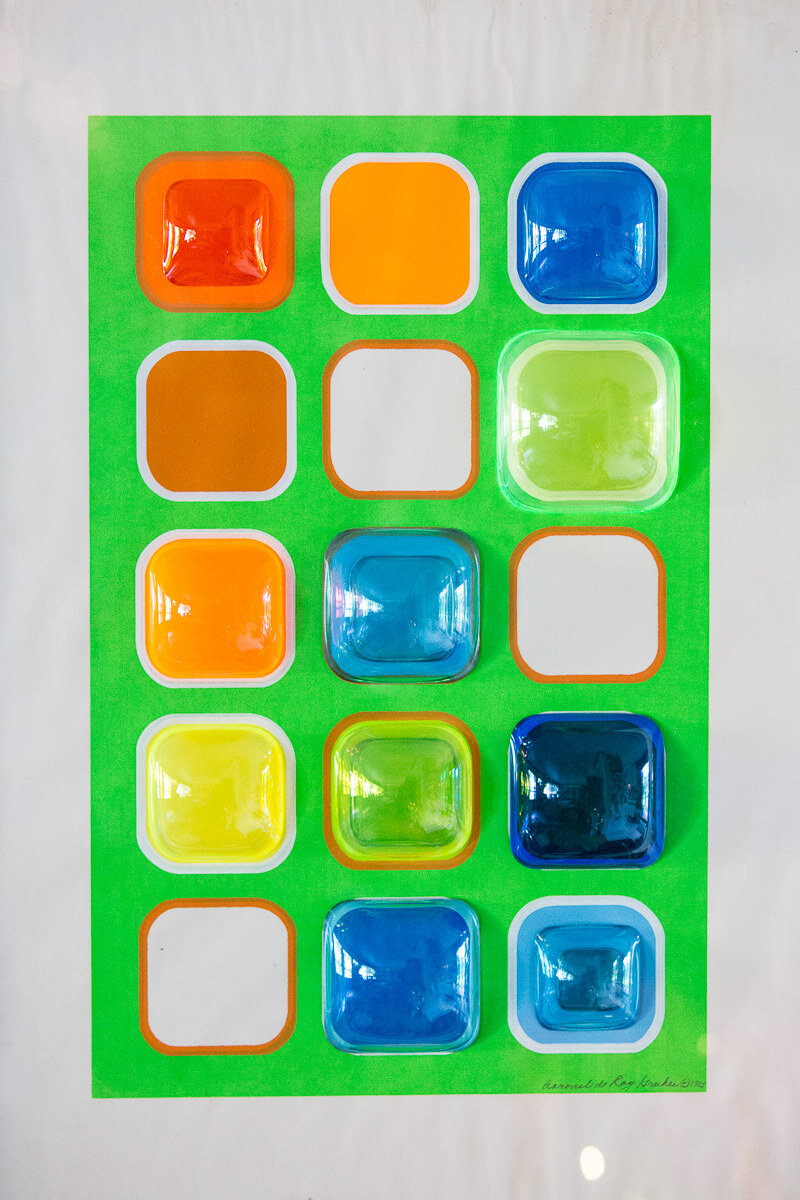Stop on Go II – A Personal Encounter
When Aaronel began to do more photography, she moved her photography lab and studio from East Pittsburgh on Linden Avenue to the Crawford Consulting Services Building in Chalfont in the late 90’s or early 2000’s. The East Pittsburgh facility had a large space for building Plexiglas sculptures but contained a small darkroom, and her printer, John Fobes, struggled with trays on the floor to develop and tone the 20 x 24 inch prints that Aaronel wanted to make. In addition to the darkroom that was constructed at the Crawford building, the space contained a large studio/office area and two storage areas. So everything at the East Pittsburgh facility was packed into boxes, sealed and moved to Chalfont. Additionally, space was rented on an unoccupied 5th floor from the Pittsburgh School of Mortuary Science in East Liberty for the overflow. This space was nicknamed the Dead Storage.
Shortly after Aaronel passed away in 2011 I began to unseal and examine the contents of these boxes. Among the sculpture parts, tools, books and magazines and various household items, I discovered Stop on Go II neatly packed away. I was immediately attracted to this piece. The database contained sparse information, referring to a silkscreen print made in 1968 (Stop on Go) that was ruined when the glass frame was broken and another silkscreen print, (Stop on Go II) that was sealed in a Plexiglas frame with Aaronel’s signature Plexiglas bubbles attached to the front surface. The database indicated this work sustained water damage when a fire occurred in the garage at the Gruber house.
To my untrained eye, the water damage did not detract from the elegance of this work and I offered it to our dealer, Francis Frost. Fortunately for me Francis was reluctant to take it on consignment and soon I would often find myself standing at it’s inventory location, dusting it off. Eventually I placed it on the wall at the studio and lived with as I worked there. And finally, with an appraisal in hand, recalling the old adage to buy art only if you will really enjoy it, I purchased it from the foundation.
Now Stop on Go II is an explosion of color on an otherwise monochromatic wall. Moreover, as with all of Aaronel’s Plexiglas sculptures, this work changes entirely when viewed in different light and from different angles.
I have often pondered how the colors and the placement of Plexiglas bubbles in conjunction with the silkscreen paint seem so wonderfully random yet perfectly arranged. In reference to the silkscreen, I wondered why there are three white “rounded” squares and why they were set as such. I questioned why some bubbles covered the entire painted squares and others did not. This is what great art does to an appreciative viewer and the water damage for me just added an additional patina.
So was I surprised when I discovered Aaronel’s notes on Stop on Go II while surveying the scope of her archives at the Heinz History Center last week.
These notes certainly answer the question, in amazing detail, how Aaronel designed this work. If you look closely, you’ll see she addresses every last detail – even specifying that the middle blue bubble cover the orange rim on the silkscreen design, and the top right bubble goes to the edge of the white rim. As for why Aaronel placed the elements within this piece as she did – well, that’s the expression of her creative spirit. I do know, that on my wall, Stop on Go II, in the spot-on words of Eric Himmel, “…never fails to deliver a small jolt of pleasure”, at the most unexpected times.

